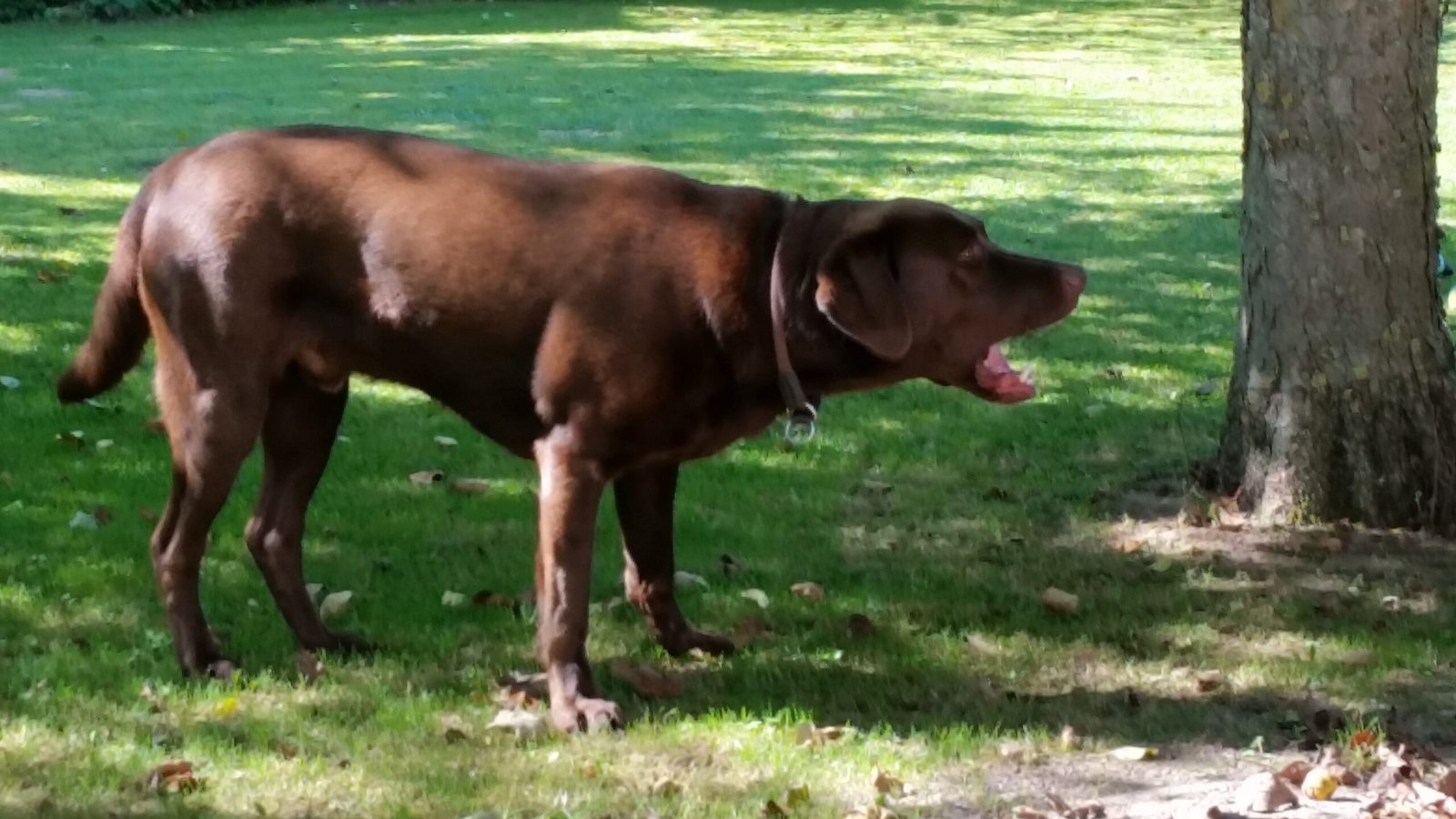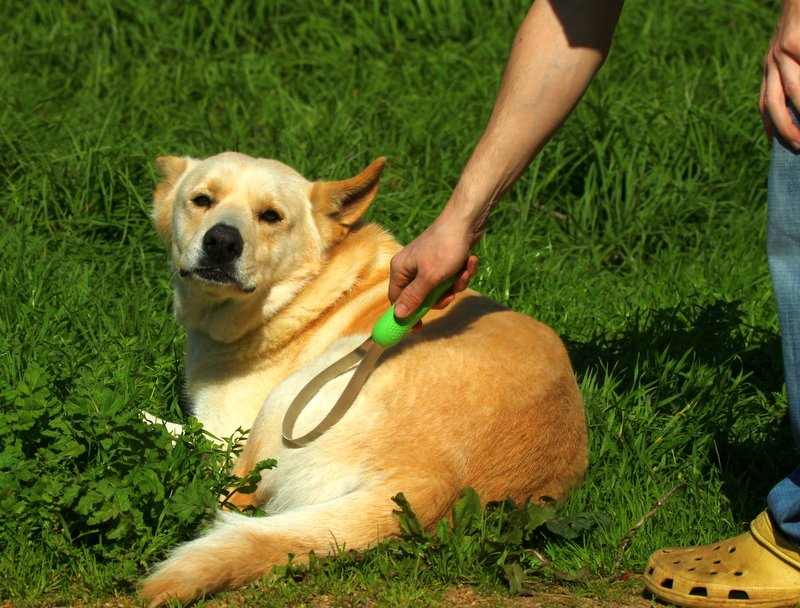Labrador Retrievers are often described as friendly, outgoing, and enthusiastic companions. Known for their wagging tails and loving nature, these dogs usually light up a room with their presence. However, just like humans, Labradors can experience moments of unhappiness or distress. Recognizing the signs of an unhappy Labrador can be crucial to ensuring their well-being and happiness. Let’s delve into these signs and understand how you can help your furry friend live a joyful life.
1. Changes in Appetite
One of the first signs that your Labrador may be unhappy is a noticeable change in their eating habits. A dog that suddenly loses interest in food or begins to eat significantly less than usual might be signaling distress. Conversely, some Labradors might start eating more than usual as a form of comfort, similar to humans indulging in comfort food. It’s important to observe these changes and consult with a veterinarian to rule out any underlying health issues. Remember, a Labrador’s appetite can be as telling as a diary entry, revealing their internal state of mind.
2. Decreased Energy Levels

Labrador Retrievers are known for their boundless energy and love of play. If your usually energetic Lab suddenly seems lethargic or uninterested in activities they once loved, it might be a sign of unhappiness. Think of it like a child who no longer wants to play with their favorite toys. A decrease in energy can also indicate health problems, so it’s essential to monitor these changes closely. Regular exercise is vital for a Labrador’s physical and mental health, so ensuring they get enough activity is key to their happiness.
3. Excessive Barking or Whining

Labradors are typically not known for being excessively vocal, so an increase in barking or whining can be a signal that something is amiss. This behavior might be a way for your Labrador to express their discomfort or anxiety. Imagine a person trying to communicate their feelings without words; that’s what your Lab might be doing. Pay attention to the context in which this behavior occurs, as it might give you clues about what is causing their distress.
4. Avoidance or Hiding
If you notice your Labrador retreating to a quiet corner or hiding away from family activities, it could indicate they are unhappy or feeling insecure. Labradors are social animals, so when they start avoiding interaction, it’s like a social butterfly suddenly shunning the spotlight. This behavior may stem from fear, anxiety, or even depression. Creating a safe and comforting environment can help alleviate these feelings and bring your Labrador back to their social self.
5. Destructive Behavior

Destructive behavior, such as chewing furniture or digging excessively, can be a sign of unhappiness or boredom in Labradors. Imagine a person fidgeting restlessly when they are upset; similarly, a Labrador might act out destructively as a way to cope with their emotions. Ensuring that your Lab has plenty of toys and engaging activities can help channel their energy positively and reduce destructive tendencies.
6. Changes in Sleep Patterns
Just like humans, Labradors may exhibit changes in their sleep patterns when they are unhappy. A Labrador that sleeps excessively or has difficulty settling down to sleep might be experiencing emotional distress. Think of it as a person who struggles to sleep when something is bothering them. Monitoring your dog’s sleep habits and ensuring they have a comfortable sleeping environment can help address this issue.
7. Increased Irritability or Aggression

An unhappy Labrador may exhibit signs of irritability or aggression, which is out of character for this typically gentle breed. If your Lab begins to snap or growl unexpectedly, it might be their way of communicating discomfort or fear. Imagine someone snapping at others when they are stressed or unhappy; your Lab might be doing the same. It’s crucial to address these behaviors with patience and understanding, perhaps seeking professional guidance if necessary.
8. Changes in Grooming Habits

Labradors are generally not as fastidious as cats, but they do have grooming habits. If your Lab suddenly starts grooming excessively or stops grooming altogether, it could indicate stress or unhappiness. Think of it as a person who stops caring for their appearance when they are feeling down. Observing these changes and consulting with a vet can help address any underlying issues.
9. Loss of Interest in Social Interaction

Labradors are known for their love of people and other animals. If your Lab starts showing disinterest in socializing, it might be a sign of unhappiness. Imagine a social butterfly suddenly avoiding parties and gatherings; this is how your Lab might feel. Encouraging positive social interactions and ensuring they have plenty of opportunities to engage with others can help improve their mood.
10. Physical Signs of Stress

Finally, physical signs such as excessive panting, trembling, or drooling can indicate stress or unhappiness in Labradors. These signs are like a flashing neon sign telling you something is wrong. It’s important to pay attention to these physical cues and address any potential causes of stress. Providing a calm and reassuring environment can help alleviate these symptoms and ensure your Labrador feels safe and happy.
Understanding these signs can deepen the bond between you and your Labrador Retriever. By being attentive and compassionate, you can help ensure your furry friend leads a fulfilling and joyful life.

Linnea is a born and bred Swede but spends as much time as possible in Cape Town, South Africa. This is mainly due to Cape Town’s extraordinary scenery, wildlife, and atmosphere (in other words, because Cape Town is heaven on earth.) That being said, Sweden’s majestic forests forever hold a special place in her heart. Linnea spends as much time as she can close to the ocean collecting sea shells or in the park admiring puppies.





